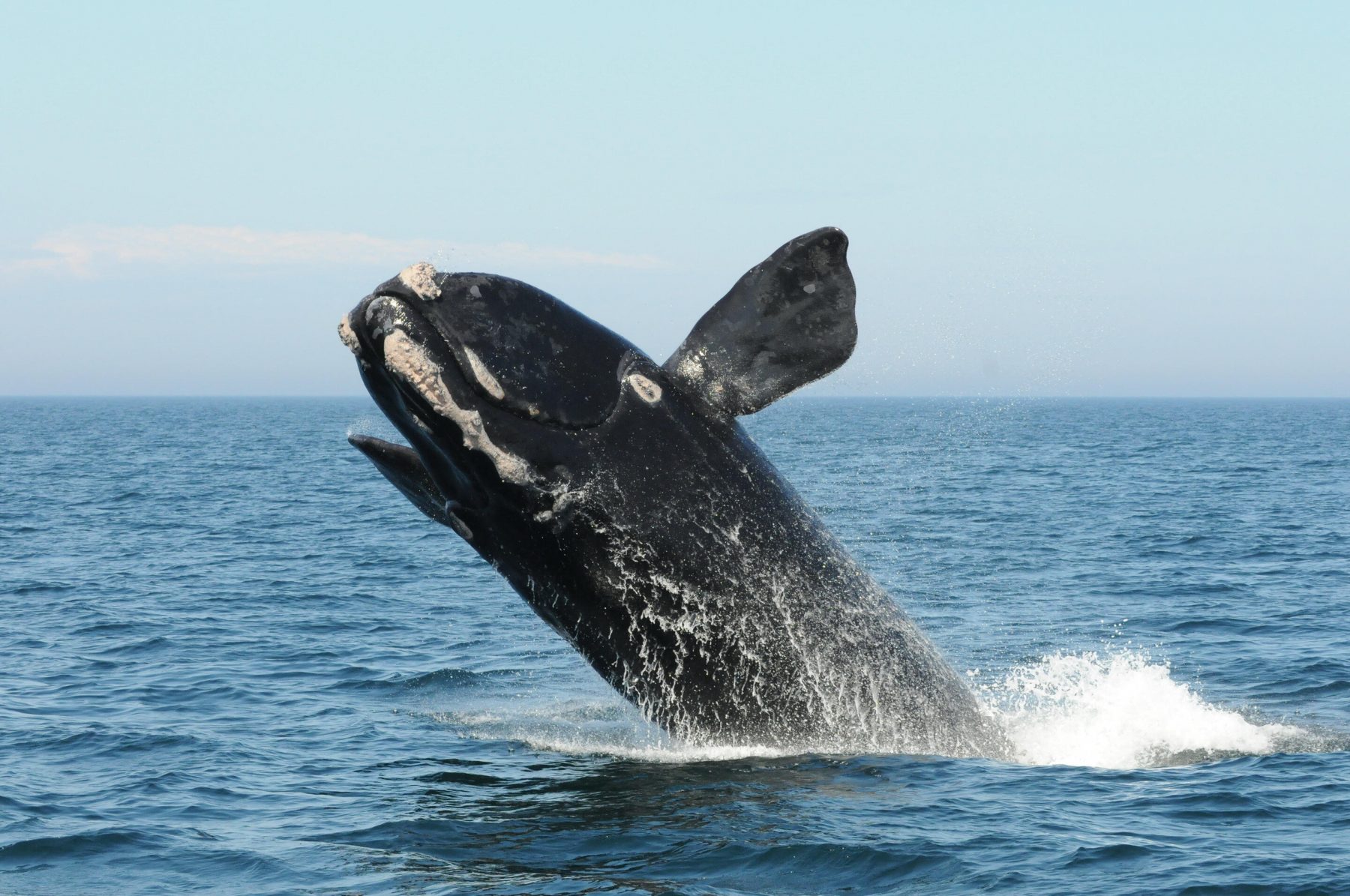In 2019, Tomorrowland attracted over 400,000 attendees to Belgium. The Amsterdam Dance Event attracts a similar number every year. Asides from the biggest EDM festivals, EDM lovers gather in smaller festivals, clubs, pop-ups, and many other unique ways every weekend. These events foster an exhilarating synergy, making them the breeding ground for great memories, music, and space. But one adverse effect is being discovered: a disruption of the local ecosystem.
Studies have shown that noise pollution drives animals out of their homes and causes them to act unnatural to their species, leading to death in the most dramatic cases. To understand this on a smaller scale, let’s examine how noise pollution affects one species: the North Atlantic right whales. These whales are attracted to sound and often swim toward boat noises, leading to several gruesome accidents every year.

But there are also several indirect ways that noise pollution in the oceans adversely affects the North Atlantic Right Whales. Like many sea creatures, these whales rely on calling each other back and forth to communicate: to alert each other to predators, a source of food, mating calls, etc. Not only has noise pollution from ships and oil exploration drastically lowered the reproduction rate of this species, but it has led to death through starvation and reckless driving to get away from alarming loud noises. If the birth rate of a species slows down compared to the mortality rate for a long enough time, this endangers the species and can result in extinction.
This is just one example of the deadly effects of noise pollution, taken from studies on aquatic species. But land species are just at risk, if not higher, as there are many more sources of loud noises on land than in the ocean. Noise pollution can make small animals like mice ill. Larger animals, like monkeys, have developed high blood pressure because of noise pollution, negatively impacting their behavior and well-being.
You might be wondering how this leads back to EDM festivals. Let’s take a look at the city of Tulum as an example. While clubbing and festivals were put to a halt because of COVID-19 related restrictions for the rest of the world in late 2020, Tulum remained open and continued sponsoring parties and music events, in part because of the number of cases in the city remained low.
But local wildlife experts have concluded that noise pollution from these late-night escapades has altered behavioral patterns of numerous species, especially in the Quintana Roo jungles. Birds, monkeys, and other animals feel that their territory has been invaded and not used to humans migrating to other places. Not only does this upturn the ecosystem of their natural habitat, but the migrating animal is often unable to find a new territory that will sustain it, leading in many cases to death.
It’s also no secret that large EDM festivals generate tourism for the host city. But tourism also creates noise pollution, not only because they drastically increase the human population in a given area, but because often these tourists visit national parks, forests and go boating or on helicopter rides during their stay.
Throughout this pandemic, we have gotten both innovative and careful on ways humans can party safely without being a danger to each other. These wildlife studies show us that we also need to find ways to celebrate ourselves and music without being a danger to other animals.




